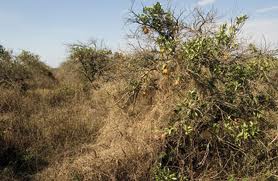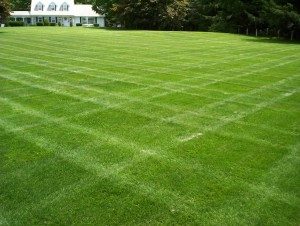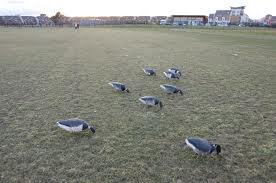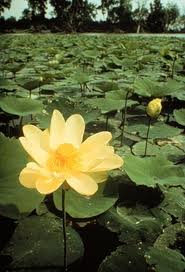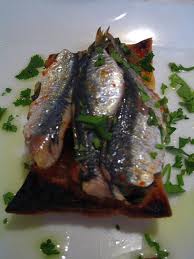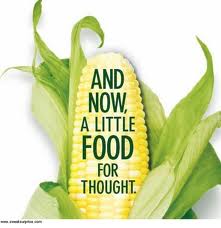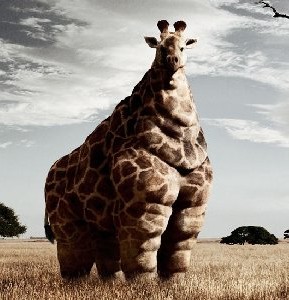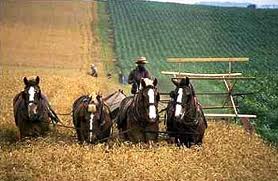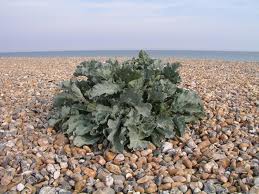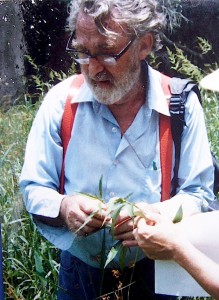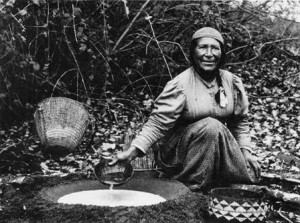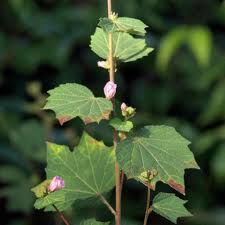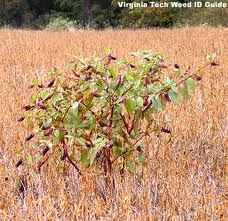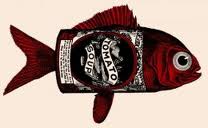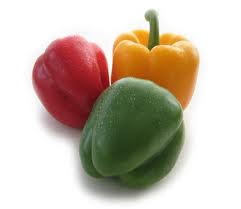We met by accident in the woods. I had hiked for a few miles already and he had just entered the trail.

Knife and Fire Steel
Whenever I go into the woods, or on water, I am prepared to stay 72 hours if need be. Why 72 hours? Almost everyone injured or lost today is found alive, or dead, within 72 hours. So the goal is to have enough means and knowledge to sustain and or treat yourself if injured for three days. Even if I am going out just to take one picture I have all the important things with me to make three days in the woods uneventful, or a rescue possible should a rattle snake get me or a broken ankle. I always have a back pack on, or stowed in the canoe or kayak. And always around my neck a good bushcraft knife and fire steel.
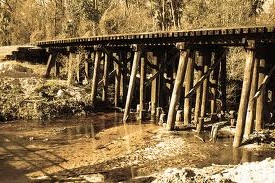
Soldier”s Creek, Seminole County, Fl.
My be-prepared list includes, beside cameras and the like, mosquito spray, extra watch, compass, a little fishing kit, some food, a small flash light, a couple of quarts of water, a poncho, and, if a long hike, a lightweight tarp and nylon hammock with bug net to suspend between trees, or crawl into on the ground. I always carry several ways to make a fire and locally an elderberry spindle and basswood base can be used to make a bow drill fire. If I am in predator country I include pepper spray and a firearm. I also have a cell phone, a back up on a different network, and a GPS. While I can get by in the woods with next to nothing — after all that is what I teach — I prefer not to. Be prepared, even more important at my heart-attack age.
As I said, we met by accident. He was a young fellow in a short-sleeve shirt and slacks. His equipment was a camera. He was prepared to take pictures (and in fact later did take one of a 13-foot alligator the small stream of Soldier’s Creek.) Our paths crossed when I happened to slip on a sand-bagged bank. He asked me if I was all right. Only my dignity was injured though later I would be black and blue in selected spots. As he was pleasant, late 20’s-something, we walked along together. Like the fellow who was the last expert on the slide rule I like to tell younger folks about the edible flora around them. I also knew the trails through the swamp and he did not. I thought him completely unprepared, a potential accident in the making; yet another reason to hike in tandem.
When I first pointed out a wild edible he said he would never eat a wild plant and didn’t know anything about them. That seemed like a common response to me. Yet, as we walked along he was quite astute and knew about many other things regarding the woods, such as camping techniques. He was actually quite insightful and well-informed about many things. All in all he was the kind of young man you’d wish your 25-year-old daughter would meet and marry. After a few miles I found out why.
 He was an Eagle Scout, and had bested his two older brothers who were also Eagle Scouts. Now that was a family aiming kids in the right direction. It was very clear he was launched well, prepared for life by his scouting experience. What trouble me was that someone could become an Eagle Scout and not know any edible wild plants. He also did not know the toxic ones. When I pointed out poison ivy he said he had never seen it before… a boy scout who did not know what poison ivy looked like. He took a picture.
He was an Eagle Scout, and had bested his two older brothers who were also Eagle Scouts. Now that was a family aiming kids in the right direction. It was very clear he was launched well, prepared for life by his scouting experience. What trouble me was that someone could become an Eagle Scout and not know any edible wild plants. He also did not know the toxic ones. When I pointed out poison ivy he said he had never seen it before… a boy scout who did not know what poison ivy looked like. He took a picture.
I realize scouting needs to change, keeping up with the times and all that. But, I would have thought wild foods would have been on the curriculum as much as a half a dozen ways to make fire. An Eagle Scout who does not know even a few edible plants almost seemed, to me, a contradiction in terms. Edible wild plants was something I presumed we should have had in common. However, on reflection I realize the problem was with me, not him, or scouting.
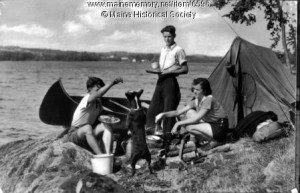 When scouting started a century ago its purpose was to make good men out of boys, and back then engaging them in bushcraft was the at-the-ready means. Said another way, the goal was to produce good men more than it was to go camping. Camping was just the then-contemporary vehicle to carry that out that cause. I presume the goal today is still as it was then; to produce good men out of boys. So maybe an Eagle Scout today does not have to be really good at knowing the wilderness. Maybe an Eagle Scout today does not have to know an edible plant. After all, my hiking companion turned out to be a very good young man. And that’s more important than eating a dandelion.
When scouting started a century ago its purpose was to make good men out of boys, and back then engaging them in bushcraft was the at-the-ready means. Said another way, the goal was to produce good men more than it was to go camping. Camping was just the then-contemporary vehicle to carry that out that cause. I presume the goal today is still as it was then; to produce good men out of boys. So maybe an Eagle Scout today does not have to be really good at knowing the wilderness. Maybe an Eagle Scout today does not have to know an edible plant. After all, my hiking companion turned out to be a very good young man. And that’s more important than eating a dandelion.

President-to-be Gerald Ford
He’s also in good company. Here are some well-known Eagle Scouts, a few of whom you might find surprising: Henry Aaron – baseball player, home run king; William Bennett, former Secretary of Education; Michael Bloomberg – Mayor of New York City; Bill Bradley, basketball star and U.S. Senator; James Brady, press secretary to President Reagan;; Stephen Breyer – U.S. Supreme Court Justice; Walter Cronkite, journalist and commentator; William C. DeVries, M.D., transplanted the first artificial heart; Michael Dukakis, governor of Massachusetts, presidential candidate; Gerald Ford, 38th President of the United States; Steven Fossett, aviator, flew solo nonstop around the world in a hot air balloon and in an ultralight airplane; James Lovell, astronaut; Richard Lugar, U.S. Senator; J. Willard Marriott, Jr., president, Marriott Corporation; Michael Moore, author and filmmaker; Oswald “Ozzie” Nelson, big band leader (made Eagle at age 13); Sam Nunn, U.S. Senator; Ellison Onizuka, Challenger astronaut; H. Ross Perot, Chairman, EDS Corp,

Ozzie Nelson, big band leader and father of singer Ricky Nelson
presidential candidate; Rick Perry, governor, state of Texas, presidential candidate; Mike Rowe, star of “Dirty Jobs”; Donald Rumsfeld, Secretary of Defense; Harrison Salisbury, Pulitzer Prize winning author; Jeff Sessions, senator from Alabama, Steven Spielberg, film director/producer; Jimmy Stewart, actor; John Tesh, TV celebrity and pianist; Sam Walton, founder, Wal-Mart; Edward O. Wilson – Pellegrino University Professor and curator of entomology at the Museum of Comparative Zoology, Harvard University; and Elmo R. Zumwalt, Jr., admiral, Chief of Naval Operations.
I would call that a good track record.
 It might be more instructive to say where I don’t forage. I try to avoid any land or water that has parking lot run off. I don’t forage down hill from the interstate or a heavily traveled road. Uphill I might is it were far enough away. Avoid anyplace near a garage. And the absolutely worst place to forage is railroad lines, even old ones. Railroads are among the most toxic property in the United States, and among the longest contaminated. Folks have died from chemicals put down around the tracks to hold the weeds down. What you can do is collect seeds there and plant them to get a clean generation.
It might be more instructive to say where I don’t forage. I try to avoid any land or water that has parking lot run off. I don’t forage down hill from the interstate or a heavily traveled road. Uphill I might is it were far enough away. Avoid anyplace near a garage. And the absolutely worst place to forage is railroad lines, even old ones. Railroads are among the most toxic property in the United States, and among the longest contaminated. Folks have died from chemicals put down around the tracks to hold the weeds down. What you can do is collect seeds there and plant them to get a clean generation. And whenever a police officer stops me I just say “I’m looking at the flora and fauna.” That usually creates a blank stare to which I add “I know something about edible plants and I’m looking for something to eat.” By then they usually decide I am not any threat to anyone except myself and they leave me alone.
And whenever a police officer stops me I just say “I’m looking at the flora and fauna.” That usually creates a blank stare to which I add “I know something about edible plants and I’m looking for something to eat.” By then they usually decide I am not any threat to anyone except myself and they leave me alone.
